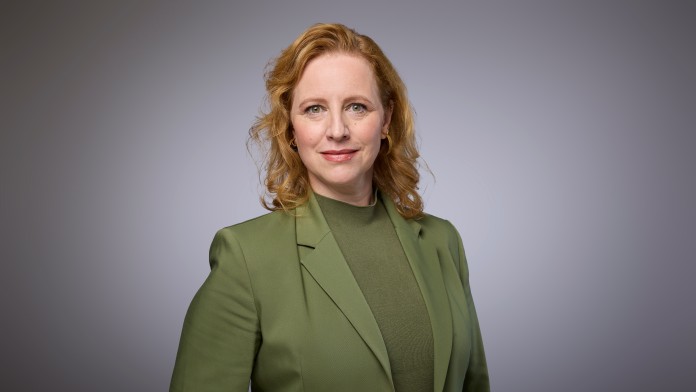Press Release from 2023-02-02 / Group, KfW Research
KfW ifo Credit Constraint Indicator: Situation in credit market is becoming increasingly difficult
- 31.3% of small and medium-sized enterprises reported more restrictive lending policies from banks in the final quarter of 2022
- Large enterprises face significantly tighter credit constraint after drop in previous quarter
- Overall credit demand remains below average
In the final quarter of 2022 the KfW ifo Credit Constraint Indicator for small and medium-sized enterprises increased for the third consecutive quarter. Of the surveyed SMEs who were in loan negotiations, 31.3% regarded the policies of banks as restrictive. That was 3.4 percentage points more than in the previous quarter. With that, the Credit Constraint Indicator for SMEs reached a new record high since the current survey methodology was introduced in 2017.
Tighter lending conditions affected mainly SMEs in the retail (+8.6 percentage points) and services sector (+6.7 percentage points). For manufacturers, on the other hand, the tense situation in the credit market appears to have eased slightly on the previous quarter (-2.9 percentage points).
After the KfW ifo Credit Constraint Indicator for large enterprises fell slightly in the third quarter of last year, this group of companies is now experiencing a more restrictive approach from banks in loan negotiations. In the fourth quarter of 2022 the credit constraint for large enterprises tightened very dramatically. One in four of the surveyed large enterprises who were in loan negotiations (24.3%) regarded the banks’ policies as restrictive – more than twice as many as in the previous quarter.
“We expect the year 2023 to bring further interest rate rises and a more difficult macroeconomic environment. Both will likely play a role in ensuring that the situation in the credit market remains difficult and may even worsen further for businesses of all size classes”, said Dr Fritzi Köhler-Geib, Chief Economist of KfW.
“The share of enterprises conducting any loan negotiations with banks dropped further in the fourth quarter and remains below the long-term average .” 19.3% (-1 percentage points) of SMEs and 29.2% (-0.7 percentage points) of large enterprises applied for loans. The declining share of businesses in loan negotiations contrasts with the observation that the volume of new lending by banks has experienced a dramatic upward trend since the start of the year 2022. In Q3 2022 it stood at 36.1%, well above the growth of the past years. A possible explanation for this finding may well be that, in particular, large enterprises or businesses that have been hit hardest by the war and the energy crisis currently have exceptionally high financing requirements. Besides, state support measures for severely affected companies are an additional driver of lending activity.
“As the economic situation turns bleaker, the share of enterprises that are in loan negotiations will likely be more closely in tune with the development of credit demand in the coming quarters. This is also, and especially, due to the fact that investment activity will likely be weaker in 2023", added Köhler-Geib.
The KfW ifo Credit Constraint Indicator is available for download at
KfW ifo Credit Constraint Indicator


Share page
To share the content of this page with your network, click on one of the icons below.
Note on data protection: When you share content, your personal data is transferred to the selected network.
Data protection
Alternatively, you can also copy the short link: https://www.kfw.de/s/enkBbm2w.C20A
Copy link Link copied